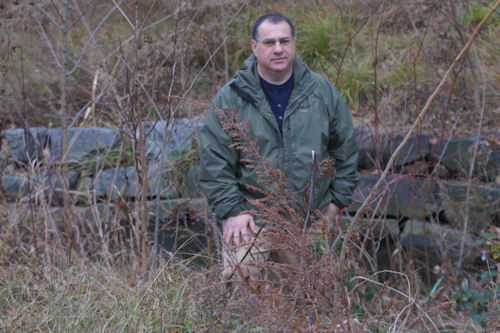By Peter Galuszka
It’s sad to see  two states to which I have personal ties – North Carolina and West Virginia — in such bad ways.
two states to which I have personal ties – North Carolina and West Virginia — in such bad ways.
The latest raw news comes from the Tar Heel state where we are seeing the handiwork of hard-right- Gov. Pat McCrory who has been on a tear for a year now bashing civil rights here, pulling back from regulation there.
The big news is Duke Energy’s spill of coal ash and contaminated water near Eden into the Dan River, which supplies Danville and potentially Virginia Beach with drinking water. Reports are creeping out that the McCrory regime has been pressuring the N.C. Department of Environment and Natural Resources (DENR) to pull back from regulation.
According to Rachel Maddow, DENR officials had stepped in with environmentalists as plaintiffs on two occasions in lawsuits to get Duke Energy to clean up coal ash. But when a third suit was filed, McCrory, a former Charlotte Mayor and career Duke Energy employee, influenced a third lawsuit settlement against Duke to be delayed.
Also, not long before the Eden spill, the City of Burlington released sewage into the Haw River which flows into Lake Jordan serving drinking water to Cary, Apex and Pittsboro. DENR allegedly did not release news of the spill to the public.
Late last year, Amy Adams, a senior DENR official, resigned to protest the massive cuts McCrory and Republican legislators were forcing at her department, notably in its water quality section.
McCrory’s been on a Ken Cuccinelli-style rip in other ways such as cutting back on unemployment benefits in a top manufacturing state badly hit by the recession and globalization. He’s shut down abortion clinics by suddenly raising the sanitation rules to hospital levels, much like former Gov. Robert F. McDonnell did in Virginia.
A reaction to McCrory is building, however. Recently, I chatted with Jason Thigpen who served in the Army and was wounded in Iraq in 2009. When Thigpen returned to his home in southeastern North Carolina, he was upset that the state was sticking it to vets by making them pay out-of-state college tuition in cases where some had been state residents before deploying. So, he started an activist group to protect them.
Next, Thigpen decided to run for Congress. His views fit more neatly with the Republican Party but he simply could not take what McCrory was doing in Raleigh so he became a Democrat and is a contender in a primary this spring.
Why the switch? “I just couldn’t see what the GOP was doing with my state in Raleigh,” He told me. “Also, I didn’t like what they were doing with women. I had served with women in war and they come back to North Carolina and they are treated like second class citizens,” he said.
West Virginia, meanwhile, is still struggling with its drinking water issues from a spill near Charleston. Although drinking water for 300,000 is said to be potable, children are reporting rashes.
Somehow, this conjures up another story involving a Republican governor – Arch Moore.
Back in 1972, Moore was governor when Pittston, a Virginia-based energy firm, had badly sited and built some damns to hold coal waste. After torrential rains, the dams burst and a sea of filthy water raced down the hollows, inundating small villages and killing 125 people. The state wanted a $100 million settlement from Pittston for the Buffalo Creek disaster, but Moore interceded and they settled for a measly $1 million.
Moore was later convicted of five felonies after he was caught extorting $573,000 from a coal company that wanted to reduce its payments to a state fund that compensated miners who got black lung disease.
Does anyone see a pattern yet?
Meanwhile, we in Virginia should breathe a sigh of relief considering just close it was dodging the bullet last election.







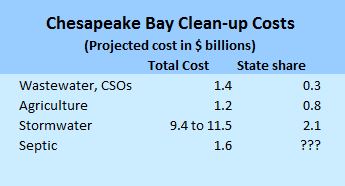
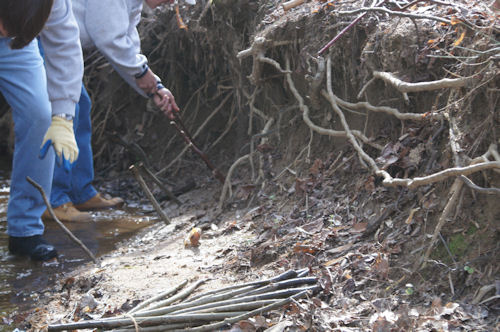

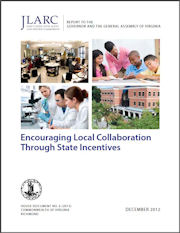
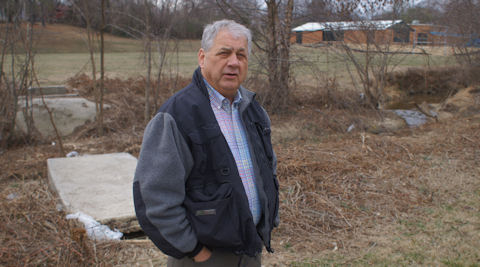

 By Peter Galuszka
By Peter Galuszka
